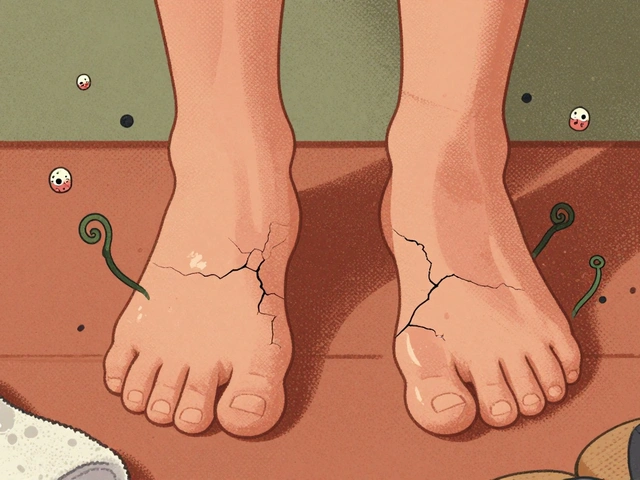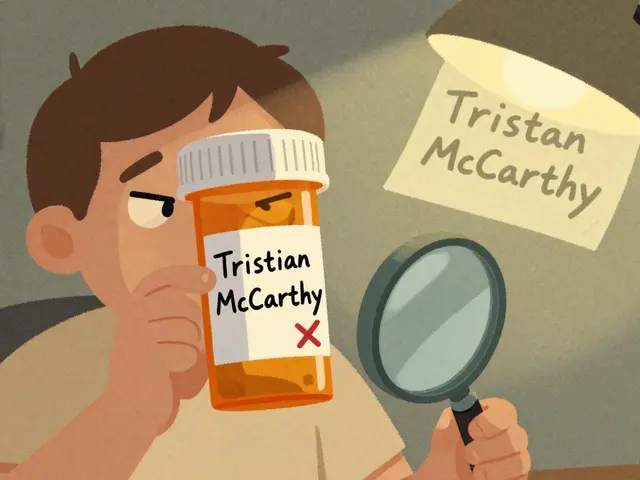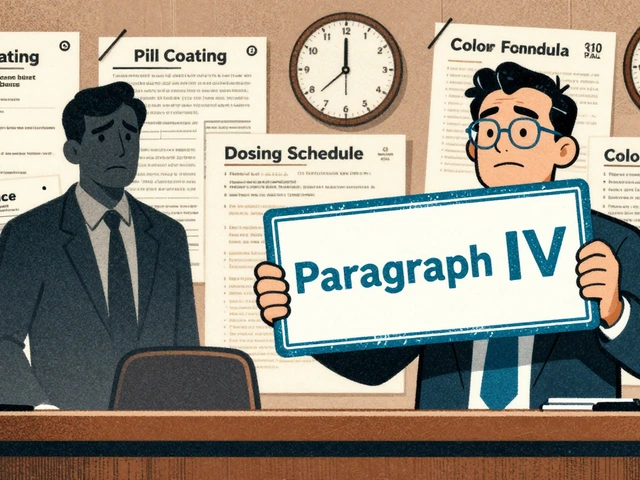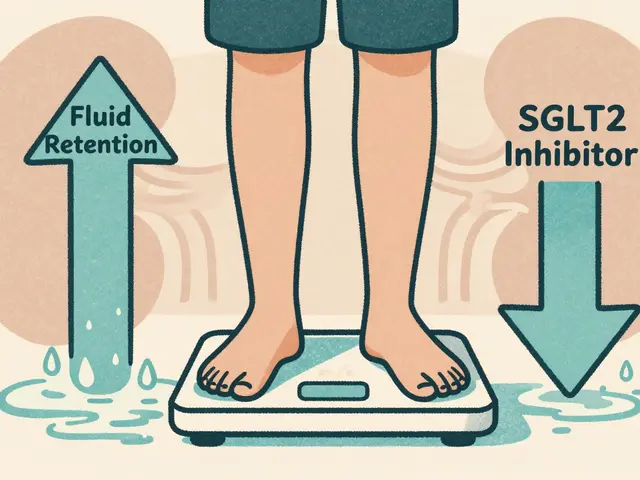Dutasteride vs Finasteride: Key Differences and What You Need to Know
When it comes to treating hair loss or an enlarged prostate, Dutasteride, a potent 5-alpha reductase inhibitor used to block DHT production and Finasteride, a similar but slightly less powerful inhibitor also used for male pattern baldness and BPH are the two most common options. Both target the same enzyme—5-alpha reductase—but they don’t work the same way, and that difference matters. 5-alpha reductase inhibitors, a class of drugs that reduce dihydrotestosterone (DHT), the hormone linked to hair thinning and prostate growth are the backbone of these treatments, but choosing between Dutasteride and Finasteride isn’t just about which one is stronger—it’s about what fits your body, goals, and risk tolerance.
Finasteride blocks only type 2 of the 5-alpha reductase enzyme, which is mostly found in the scalp and prostate. Dutasteride shuts down both type 1 and type 2, meaning it cuts DHT levels more completely—by up to 90% compared to Finasteride’s 70%. That sounds better, right? But more power doesn’t always mean better results. Studies show both drugs help slow hair loss and improve scalp coverage over time, but Dutasteride may offer slightly faster or more noticeable regrowth in some men. On the flip side, side effects like sexual dysfunction, reduced libido, or mood changes can be more common or persistent with Dutasteride because it affects DHT system-wide. Finasteride, while still capable of causing side effects, tends to have a milder profile for many users. If you’re treating an enlarged prostate, both drugs reduce prostate size and improve urine flow, but Dutasteride is often prescribed for more advanced cases because of its stronger effect.
Another big difference? Half-life. Finasteride leaves your system in about 6–8 hours, while Dutasteride sticks around for weeks—up to 5 weeks. That means if you have side effects with Dutasteride, they might take longer to fade after you stop. It also means you can’t just skip a dose and expect it to be gone the next day. For men who want to plan around side effects or are concerned about long-term exposure, this matters. Both are prescription-only in most countries, and neither is approved for women or teens. If you’re considering either, talk to your doctor about your family history, current medications, and whether you’re okay with potential long-term changes. Neither drug is a cure, but they can slow or reverse damage if you’re consistent.
Below, you’ll find real comparisons from people who’ve tried both, breakdowns of side effect rates, cost differences, and what studies actually say about long-term use. Whether you’re dealing with thinning hair, trouble urinating, or just trying to make sense of your options, the posts here cut through the noise and give you the facts you need to decide.










